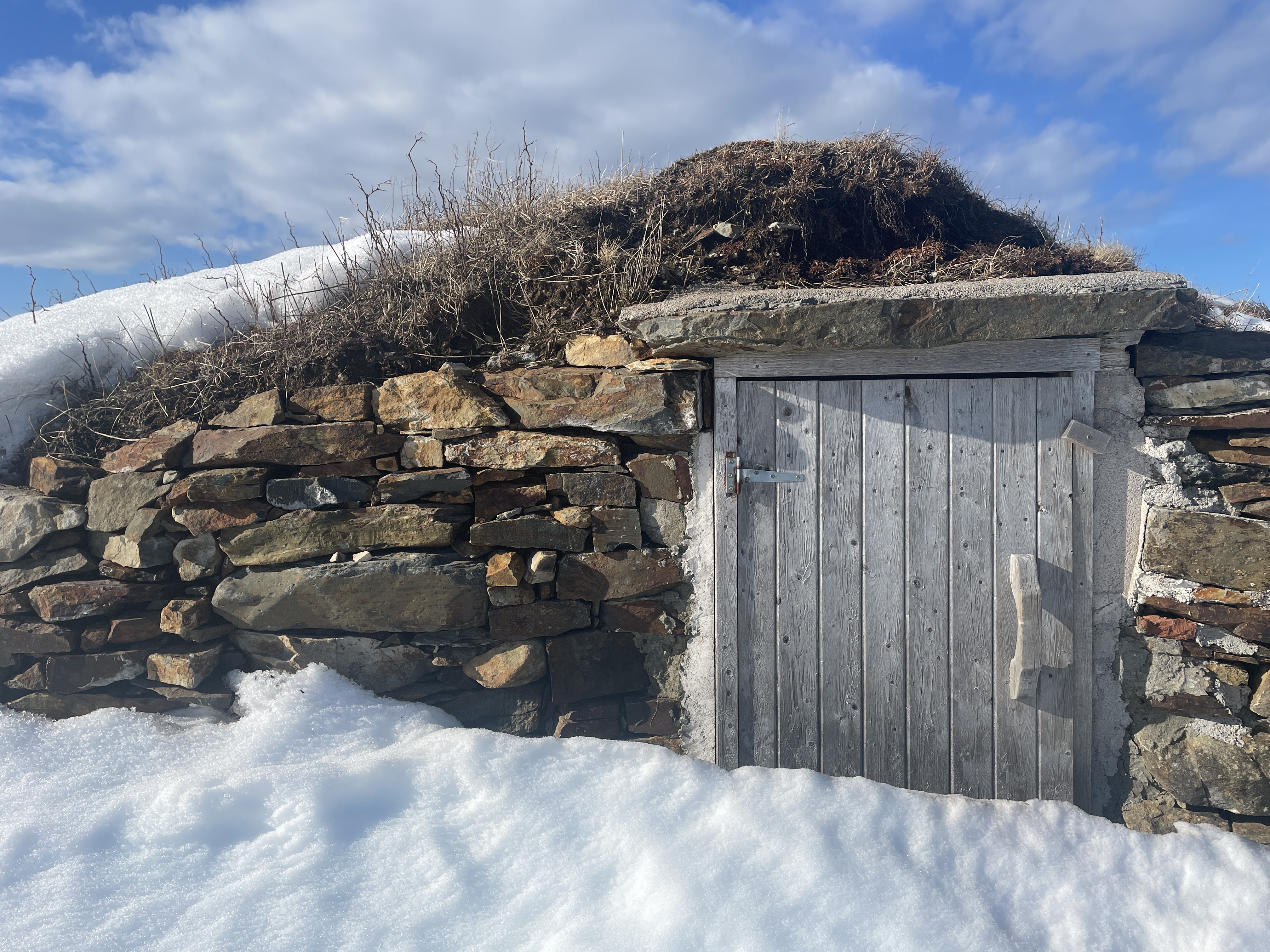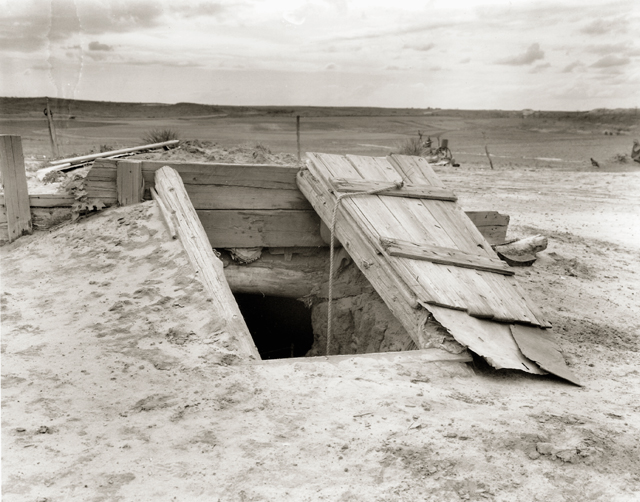|
Cellar (other)
Cellar may refer to: *Basement *Root cellar *Semi-basement *Storm cellar *Wine cellar See also *The Cellar (other) The Cellar may refer to: *The Cellar (novel), ''The Cellar'' (novel), a 1980 horror novel by Richard Laymon *The Cellar (Macy's), a brand name used by Macy's *The Cellar (Enfield, North Carolina), a home on the US National Register of Historic Plac ... * Night-cellar * Salt cellar * Sellers (other) {{disambig ... [...More Info...] [...Related Items...] OR: [Wikipedia] [Google] [Baidu] |
Basement
A basement is any Storey, floor of a building that is not above the grade plane. Especially in residential buildings, it often is used as a utility space for a building, where such items as the Furnace (house heating), furnace, water heating, water heater, breaker panel or fuse box, Garage (residential), car park, and air-conditioning system are located; so also are amenities such as the electrical system and cable television distribution point. In cities with high property prices, such as London, basements are often fitted out to a high standard and used as living space. In British English, the word ''basement'' is usually used for underground floors of, for example, department stores. The word is usually used with buildings when the space below the ground floor is habitable and with (usually) its own access. The word ''cellar'' applies to the whole underground level or to any large underground room. A ''subcellar'' or ''subbasement'' is a level that lies below the basement o ... [...More Info...] [...Related Items...] OR: [Wikipedia] [Google] [Baidu] |
Root Cellar
A root cellar (American and Canadian English), fruit cellar (Mid-Western American English) or earth cellar (British English) is a structure, usually underground. or partially underground, used for food storage, storage of vegetables, fruits, nut (fruit), nuts, or other foods. Its name reflects the traditional focus on root vegetable, root crops stored in an underground basement, cellar, which is still often true; but the scope is wider, as a wide variety of foods can be stored for weeks to months, depending on the crop and conditions, and the structure may not always be underground. Root cellaring has been vitally important in various eras and places for winter food supply. Although present-day food distribution systems and refrigeration have rendered root cellars unnecessary for many people, they remain important for those who value self-sufficiency, whether by economic necessity or by choice and for personal satisfaction. Thus, they are popular among diverse audiences, includi ... [...More Info...] [...Related Items...] OR: [Wikipedia] [Google] [Baidu] |
Semi-basement
In architecture, a semi-basement, lower ground, lower level, etc. is a floor of a building that is half below ground, rather than entirely such as a true basement or cellar. Traditionally, semi-basements were designed in larger houses where staff was housed. A semi-basement usually contained kitchens and domestic offices. The advantage over a basement is that a semi-basement can let outside light in as it can have windows, albeit ones that are often too high to enjoy a view. Historically this was an advantage as the servants, who traditionally inhabited such a floor, would not have the opportunity to waste time by looking out of the window. The feature also has the aesthetic value of raising the ground floor, containing the building's reception rooms higher from the ground in order that they could enjoy better views, and be more free from the damp problems which always arose before the days of modern technology. Exhibition in the semi-basement, Sagrada Família, Barcelona, 202 ... [...More Info...] [...Related Items...] OR: [Wikipedia] [Google] [Baidu] |
Storm Cellar
A storm shelter or storm cellar is a type of underground bunker designed to protect the occupants from severe weather, particularly tornadoes. They are most frequently seen in the Midwest (" Tornado Alley") and Southeastern (" Dixie Alley") United States The United States of America (USA), also known as the United States (U.S.) or America, is a country primarily located in North America. It is a federal republic of 50 U.S. state, states and a federal capital district, Washington, D.C. The 48 ... where tornadoes are generally frequent and the low water table permits underground living. Average storm shelter An average storm cellar for a single family is built close enough to the home to allow instant access in an emergency, but not so close that the house could tumble on the door during a storm, trapping the occupants inside. This is also the reason the main door on most storm cellars is mounted at an angle rather than perpendicular with the ground. An angled door ... [...More Info...] [...Related Items...] OR: [Wikipedia] [Google] [Baidu] |
Wine Cellar
A wine cellar is a storage room for wine in bottles or barrels, or more rarely in carboys, amphorae, or plastic containers. In an ''active'' wine cellar, important factors such as temperature and humidity are maintained by a climate control system. In contrast, ''passive'' wine cellars are not climate-controlled, and are usually built underground to reduce temperature swings. An aboveground wine cellar is often called a wine room, while a small wine cellar (fewer than 500 bottles) is sometimes termed a wine closet. The household department responsible for the storage, care and service of wine in a great mediaeval house was termed the buttery. Large wine cellars date back over 3,700 years. Purpose Wine cellars protect alcoholic beverages from potentially harmful external influences, providing darkness, constant temperature, and constant humidity. Wine is a natural, perishable food product issued from fermentation of fruit. Left exposed to heat, light, vibration or fluctuati ... [...More Info...] [...Related Items...] OR: [Wikipedia] [Google] [Baidu] |
The Cellar (other)
The Cellar may refer to: *The Cellar (novel), ''The Cellar'' (novel), a 1980 horror novel by Richard Laymon *The Cellar (Macy's), a brand name used by Macy's *The Cellar (Enfield, North Carolina), a home on the US National Register of Historic Places *The Cellar (teen dance club), a 1964-1970 music venue in Arlington Heights, Illinois, US *The Cellar (1989 film), ''The Cellar'' (1989 film), a horror film directed by Kevin S. Tenney *''The Cellar'', a 2015 novel by Minette Walters *''10 Cloverfield Lane'', a 2016 thriller film directed by Dan Trachtenburg, previously known as ''The Cellar'' *The Cellar (2022 film), ''The Cellar'' (2022 film), a supernatural horror film See also *Cellar (other) {{DEFAULTSORT:Cellar, The ... [...More Info...] [...Related Items...] OR: [Wikipedia] [Google] [Baidu] |
Night-cellar
A night-cellar is a cellar which is open for business at night, typically providing food, drink and entertainment. There were many such in London in the 18th century and they were often disreputable. London George Augustus Sala wrote an account of Evans's Supper Rooms in 1852. This was a famous supper club which would serve hearty food and raucous entertainment in the middle of the night – as late as one in the morning. But he lamented that the night-cellars of the previous century had mostly disappeared in London: New York In the 1840s, there was a popular night-cellar in New York called Butter-Cake Dick's. This was a favourite of the b'hoys and g'hals – the rough young folk of lower Manhattan Lower Manhattan, also known as Downtown Manhattan or Downtown New York City, is the southernmost part of the Boroughs of New York City, New York City borough of Manhattan. The neighborhood is History of New York City, the historical birthplace o .... Later in the US, cellar ... [...More Info...] [...Related Items...] OR: [Wikipedia] [Google] [Baidu] |
Salt Cellar
A salt cellar (also called a salt, salt-box) is an article of tableware for holding and dispensing salt. In British English, the term can be used for what in North American English are called salt shakers. Salt cellars can be either lidded or open, and are found in a wide range of sizes, from large shared vessels to small individual dishes. Styles range from simple to ornate or whimsical, using materials including glass and ceramic, metals, ivory and wood, and plastic. Use of salt cellars is documented as early as ancient Rome. They continued to be used through the first half of the 20th century; however, usage began to decline with the introduction of free-flowing salt in 1911, and they have been almost entirely replaced by salt shakers. Salt cellars were an early collectible as pieces of silver, pewter, glass, etc. Soon after their role at the table was replaced by the shaker, salt cellars became a popular collectible in their own right. Etymology The word salt cellar is att ... [...More Info...] [...Related Items...] OR: [Wikipedia] [Google] [Baidu] |




